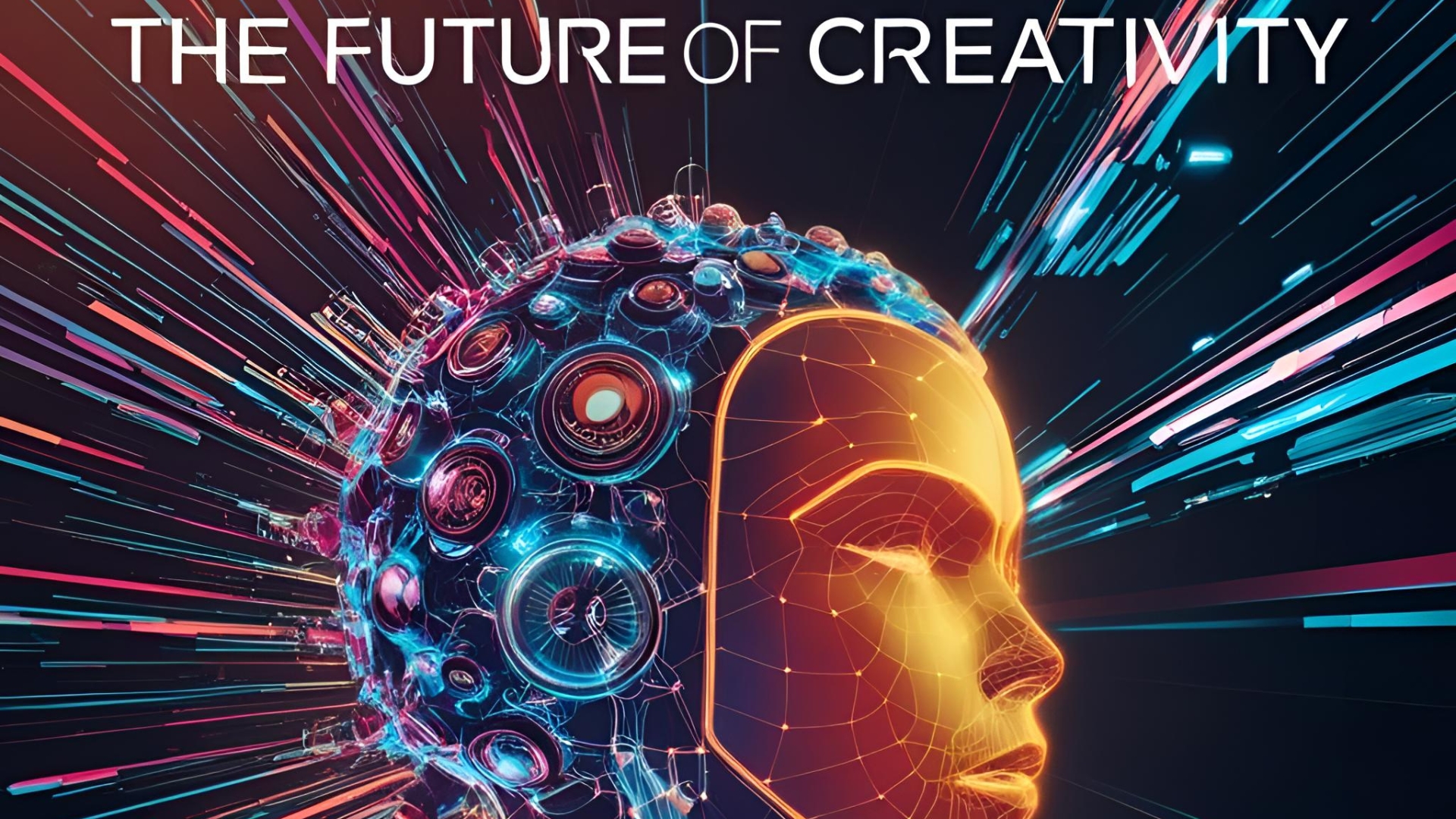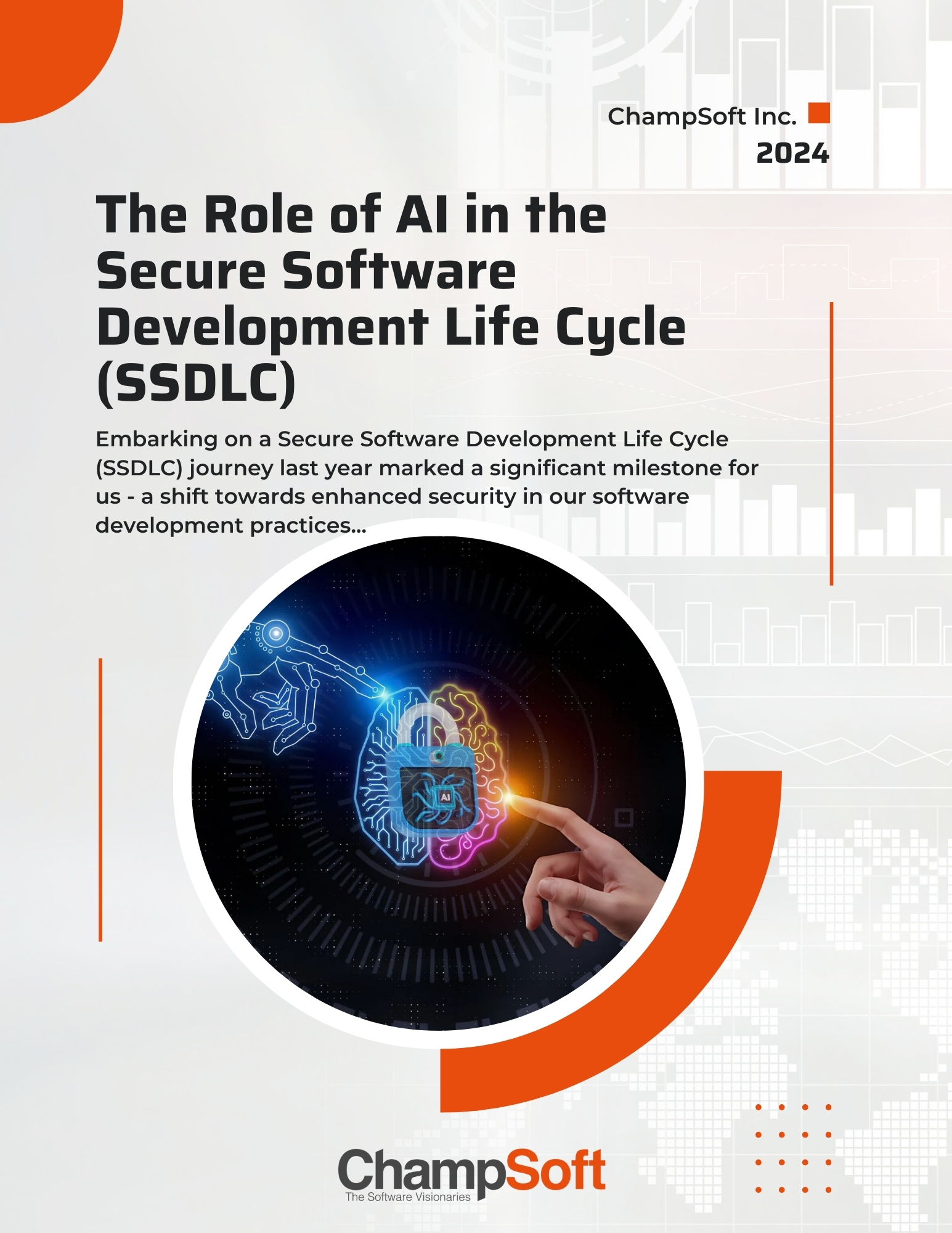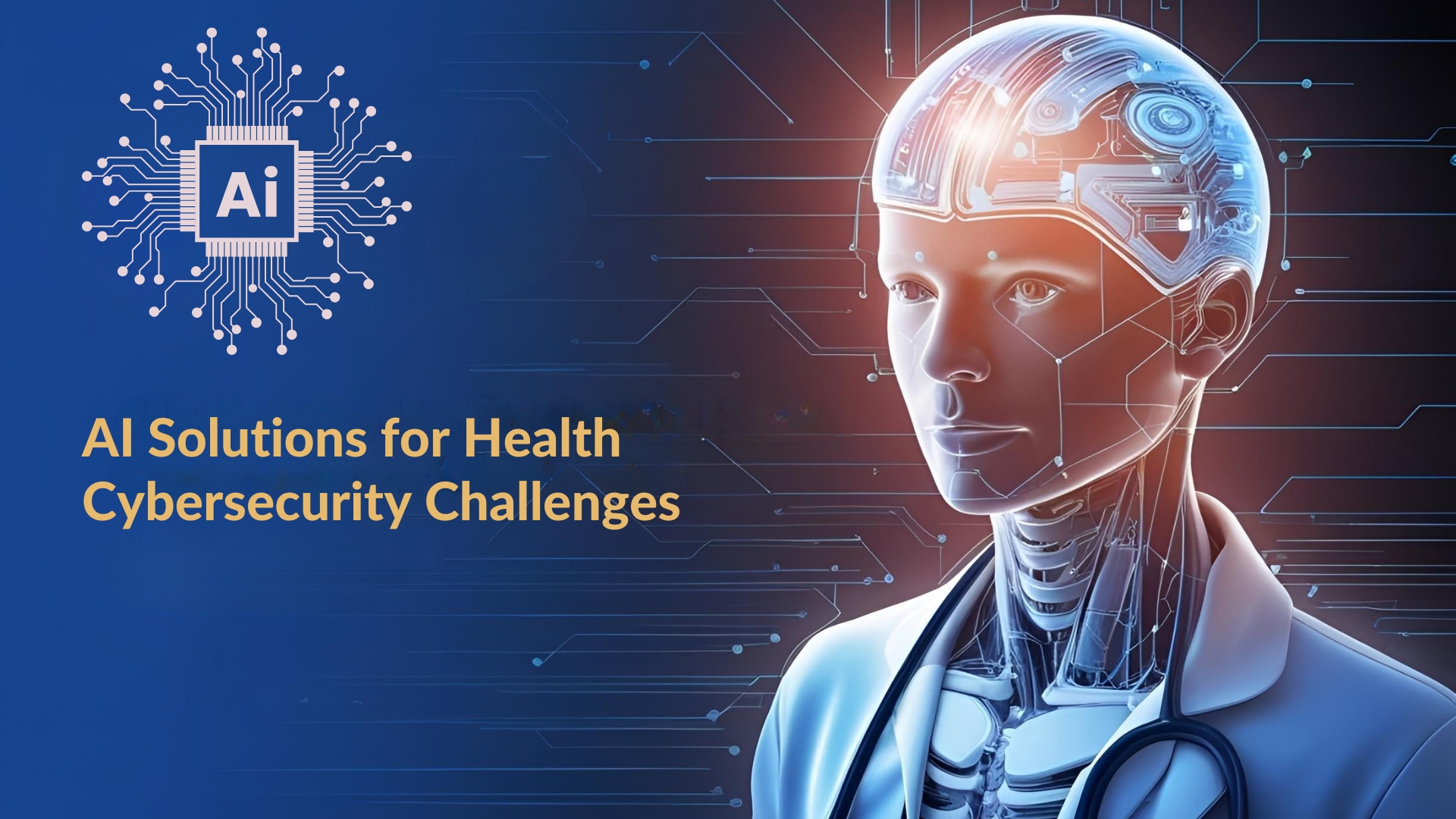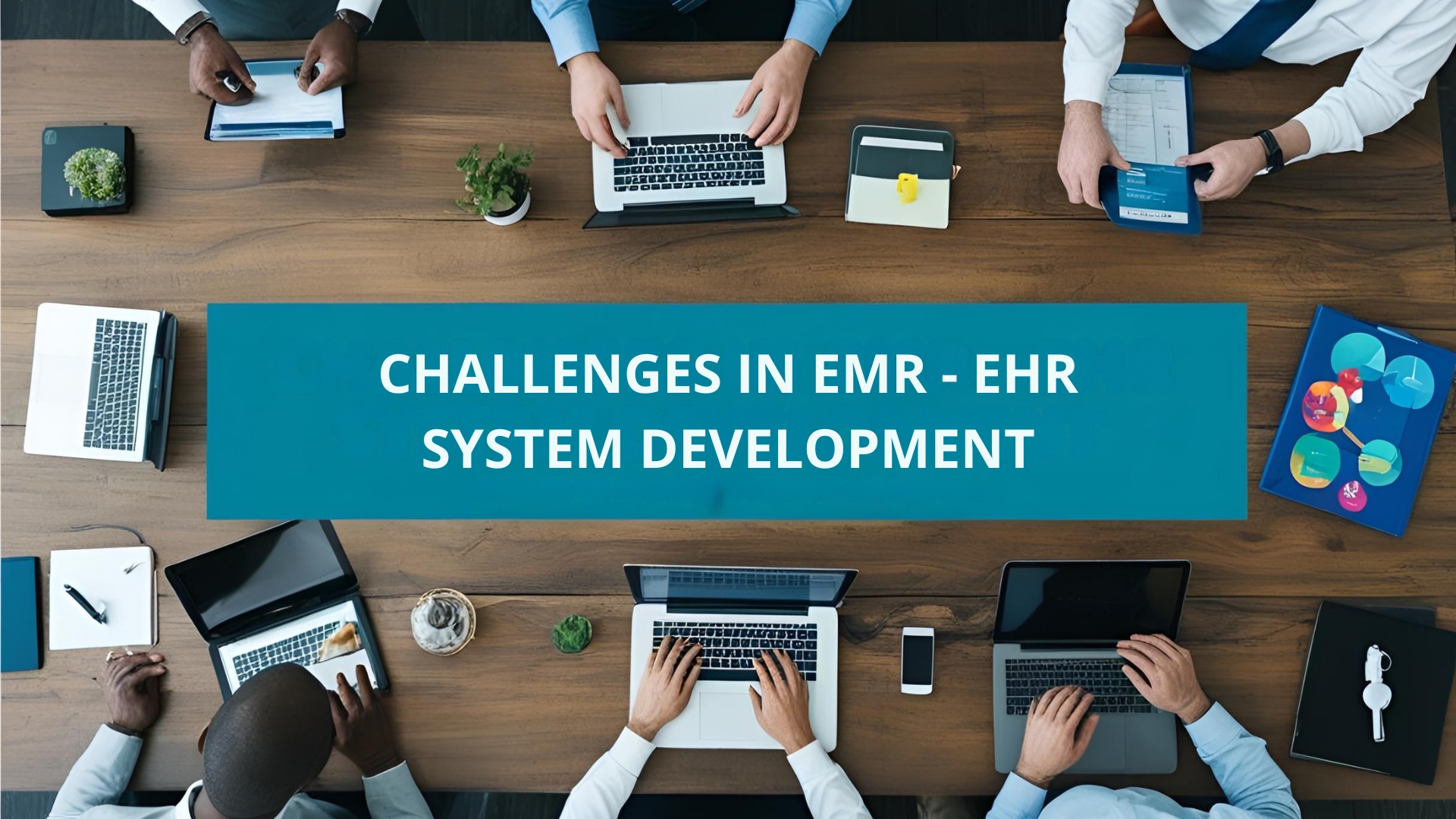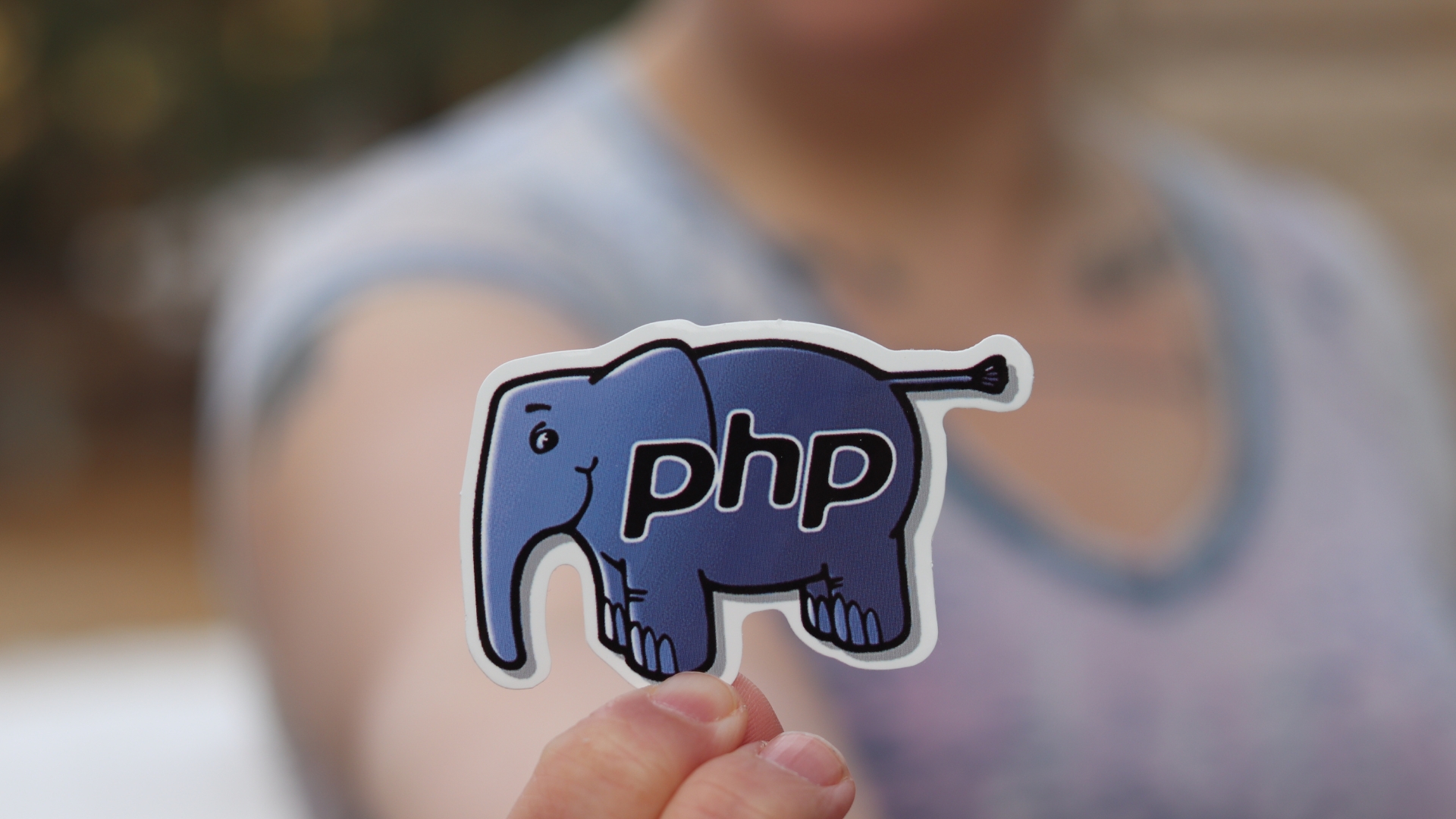Generative AI is a game-changer in the tech industry. It’s a form of artificial intelligence that can create new content, from music to written text. As generative AI jobs continue to rise, more professionals are exploring opportunities in this innovative space.
This technology is not just about automation. It’s about augmenting human creativity and opening up new possibilities.
But what does this mean for different industries? How is it shaping the future of work, cybersecurity, and language processing?
In this article, we’ll delve into these questions. We’ll explore the potential of generative AI and its applications across various sectors.
We’ll also discuss the ethical considerations and future potential of this technology.
Join us as we explore the future of creativity with generative AI.
Understanding Generative AI
Generative AI is distinct because it creates rather than just analyzes or categorizes. It leverages vast amounts of data to generate unique outputs. This groundbreaking capability sets it apart from traditional AI.
Unlike conventional AI, which focuses on recognizing patterns and making predictions, generative AI synthesizes entirely new data. This includes creating realistic images, composing music, or writing coherent stories. Such innovation expands the horizons of what machines can achieve.
At the core of generative AI is its reliance on models that have been trained on enormous datasets. These models study the data to learn patterns and create new, similar content. The process ensures the generated output maintains a level of originality and creativity.
This facet of AI holds much potential for various industries. It empowers artists and designers with tools that were unimaginable a decade ago. They can now generate and refine creative ideas faster and more efficiently.
In summary, understanding generative AI requires acknowledging its unique ability to create and innovate. It is not just a tool; it’s a collaborative partner in creativity. It promises to revolutionize how industries think about and implement technology in their creative processes.
The Role of Neural Networks and Machine Learning
Neural networks are the backbone of generative AI. They mimic the human brain, processing data through interconnected nodes. Each node is similar to a neuron, facilitating complex information processing.
In the context of generative AI, neural networks enable machines to understand and produce intricate patterns. They learn from vast datasets, allowing them to generate realistic and creative outputs. This learning process is what enables AI to craft new art, music, and text.
Machine learning enhances this capability by providing the algorithms needed to adjust and improve over time. It’s a form of self-teaching that makes generative AI increasingly sophisticated. Through machine learning, AI systems refine their outputs, becoming more adept at creating high-quality content.
Together, neural networks and machine learning form a powerful duo in advancing generative AI. They provide the essential framework and adaptability needed for AI to continuously evolve. This evolution is key to unlocking the full potential of creative AI applications across various domains.
Applications of Generative AI Across Industries
Generative AI’s versatility is reshaping industries at an unprecedented pace. It’s not limited to one sector, allowing for broad applications that drive innovation and efficiency.
Generative AI simulates molecular interactions to help in drug discovery in the medical field. It accelerates the identification of potential treatments, reducing time-to-market. In finance, it refines algorithmic trading strategies, ensuring faster and more informed decision-making.
Here’s how generative AI impacts various sectors:
- Art and Design: Generates novel designs and assists in creative processes.
- Entertainment: Produces music and scripts, enhancing content creation.
- Manufacturing: Optimizes product designs through simulations.
- Education: Personalizes learning experiences for students.
This technology is also pivotal in smart city initiatives, optimizing resources and planning. It enables cities to predict and manage infrastructure demands efficiently.
Moreover, its role in data analysis provides businesses with real-time insights. By leveraging vast datasets, companies can make strategic decisions quickly, enhancing competitiveness.
Generative AI’s broad application across industries showcases its transformative power. Each sector benefits uniquely, proving AI’s adaptability and potential to redefine traditional processes.
Revolutionizing Creative Industries
At the front of a creative revolution is generative AI. It’s redefining how art, music, and literature are produced.
Artists use AI to generate original pieces, blending techniques that push traditional boundaries. Musicians collaborate with AI to compose unique melodies and harmonies, expanding their creative palette.
Writers find new inspiration as AI generates content ideas and narratives, enhancing storytelling. This synergy between AI and creators fosters an environment where imagination knows no limits.
Generative AI in Cybersecurity
In cybersecurity, generative AI is proving invaluable. It’s a proactive tool for threat detection and prevention.
AI models analyze patterns to identify suspicious activities that human analysts might miss. By simulating potential attack scenarios, AI strengthens system defenses, deterring cyber threats.
Such capabilities enhance a company’s security posture, providing peace of mind. As cyber threats evolve, so does AI, ensuring robust protection against emerging risks.
Language Processing with Generative AI Models
Generative AI is revolutionizing language processing. Advanced models understand and generate human-like text with nuance and context.
Pre-trained models, such as GPT-3, excel in language tasks, from translation to summarization. These models learn from vast linguistic datasets, enabling nuanced content production.
Choosing the right model depends on the task—whether it’s conversational AI or content generation. Businesses leverage these models to improve communication and streamline operations. AI in language processing continues to enhance interactions across platforms and industries.
The Job Market and Generative AI
Generative AI is reshaping the job landscape. Its influence is both transformative and expansive across multiple sectors.
AI applications have spurred the creation of entirely new job categories. Roles like AI trainers and model explainers are becoming essential.
Moreover, existing jobs are evolving, requiring new skills and technical expertise. Workers across industries are adapting to integrate AI into their workflows, boosting productivity.
New Job Creation and Transformation
As AI integrates into daily business functions, novel job opportunities arise. Jobs in AI model development and deployment are in demand.
Creative fields see new roles merging human creativity with AI capabilities. For example, AI-assisted design roles bridge technology and artistic vision.
Industries also require specialists to interpret AI outputs, ensuring they align with business goals. This shift underscores the need for continual learning and adaptation in the workforce.
Addressing Job Displacement Concerns
While generative AI creates new roles, concerns about job displacement linger. It’s vital to focus on upskilling workers to transition smoothly.
Investments in training will help ease the fears associated with AI-driven automation, promoting a balanced job market approach.
Ethical Considerations and Future Potential
Generative AI’s rapid growth raises ethical questions. Concerns about privacy, bias, and transparency are at the forefront. Tackling these issues is essential for sustainable development.
The future holds immense possibilities with generative AI, especially in innovation. As AI systems evolve, they can enhance areas from healthcare to arts. Yet, responsible governance is necessary to mitigate risks and ensure fairness.
By addressing ethical considerations now, we can better harness AI’s potential. Society must engage in open dialogue to shape policies that balance innovation with ethical standards.
Responsible AI Development and Usage
Responsible AI development requires a commitment to ethical principles. Developers must strive for transparency and address biases in models.
Governments and organizations should collaborate to enforce clear guidelines. This ensures AI is employed in a way that benefits all, aligning with societal values.
Conclusion: Embracing the Generative AI Revolution
Generative AI is reshaping our world in unprecedented ways. Embracing this technology can unlock new opportunities across various sectors.
By focusing on ethical development and innovative applications, we can harness AI’s potential for a positive impact. The future is bright with generative AI leading the way.

